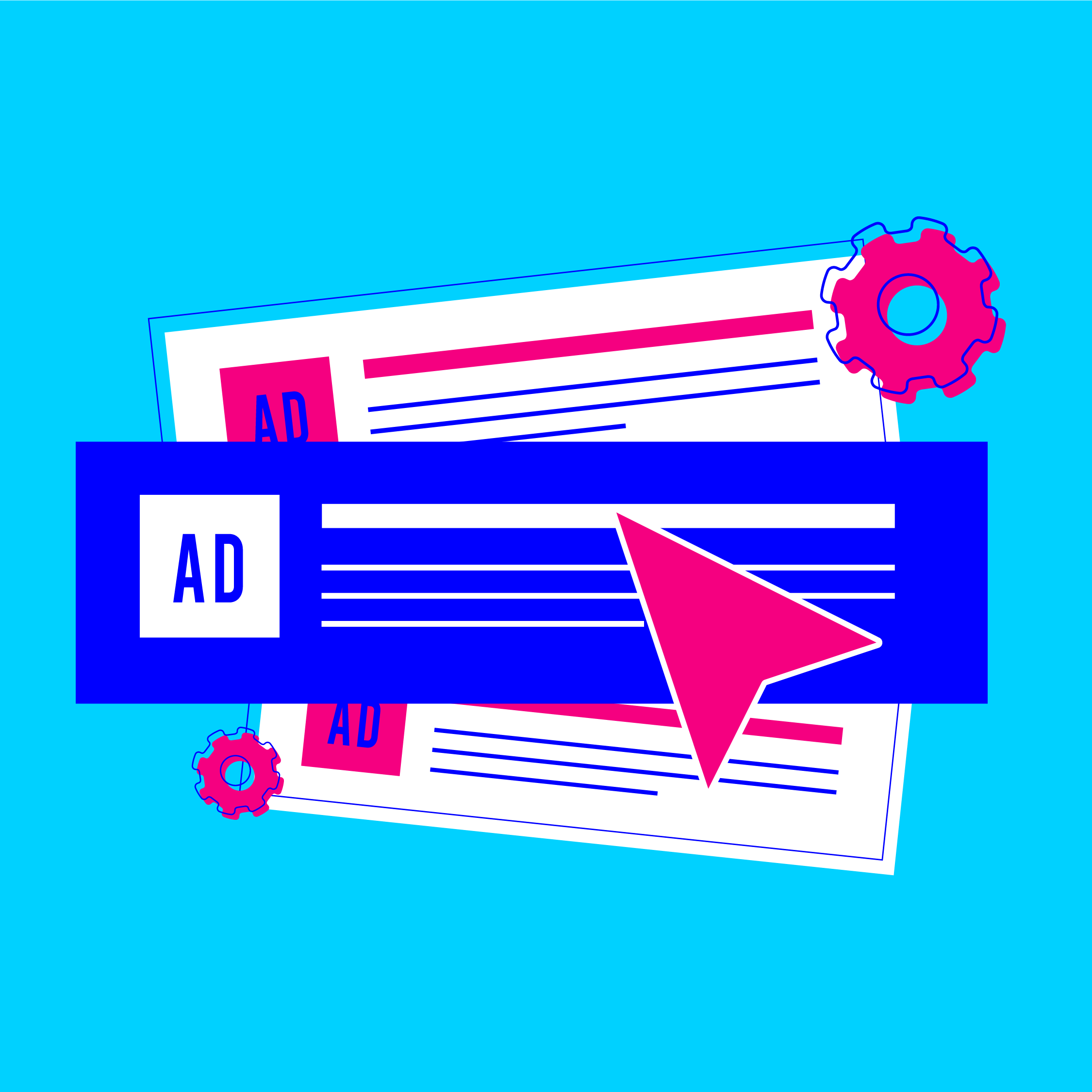
Common PPC Mistakes (and How to Fix Them Fast)
Anyone can run PPC ads. Write a few headlines, pick some broad keywords, hit publish. Job done, right? Not quite.
Yes, that technically counts as running PPC. But it’s not running PPC well, and this is where most brands fail. It’s not in the ads; it’s in the strategy.
PPC platforms hide their complexity behind a glossy interface, and the metrics you’re shown by default often tell the wrong story. Placing too much value on certain metrics skews perception. Even smart PPC teams can find themselves optimising for the wrong things, underperforming without knowing why, or burning through budget with little to show for it.
Here are some of the mistakes we see most often and how to fix them.
Mistake #1: Measuring Vanity, Not Value
A high click-through rate means nothing if no one converts. The same goes for impressions. Or views. Or engagement on a landing page that doesn’t actually move someone to act.
What to do:
Build your PPC strategy around meaningful conversion actions. That might be demo requests, form completions, repeat visits, or high-value content downloads. Make those your optimisation goal, not fluff and vanity metrics.
Mistake #2: Targeting Too Broad, Too Soon
Especially in B2B, there’s a strong temptation to “cast the net wide” when campaigns underperform. But the broader your audience, the more likely you’ll serve ads to people who were never going to convert in the first place.
Fix:
Refine your targeting. Use job titles, firmographics (like demographics for individuals, but for businesses), custom audiences, and tightly controlled geography. Or scale horizontally across well-performing segments and not downward into irrelevant traffic.
Mistake #3: Neglecting Your Negative Keywords
Google Ads doesn’t default to precision. Unless you tell it otherwise, it’ll show your ad to anyone vaguely interested, which means without a strong negative keyword list, you’re paying for impressions from people who are never going to buy from you.
Fix:
Audit your search terms weekly. Cull anything off-topic, irrelevant, or clearly unqualified. Be brutal. Think of it as though you’re sculpting a masterpiece out of stone. Negative keywords are where the real savings live.
Mistake #4: Running Great Ads to Terrible Pages
It’s the classic bait and switch. The ad is sharp, the copy’s compelling, the CTA is relevant. And then the user lands on a generic homepage, or after clicking on a specific product ad, they land on a totally different product collection, or just a slow-loading page with zero intent-matching.
Fix:
Build landing pages with alignment, not simply aesthetics. Speak to the problem or product that the ad introduced. Strip distractions. Generate momentum toward action.
Mistake #5: Setting It and Forgetting It
The worst thing a brand can do with Google Ads is treat it like a simple, static billboard. Just because it’s digital doesn’t mean it’s dynamic by default. Campaign fatigue is very real, especially in niche markets.
Fix:
Refresh creative monthly, at least. Switch up the approach. Review performance weekly. Test small (and often), learn fast, and keep rotating assets. PPC is a cycle of testing and calibration.
Treat PPC as a System, Not a Checkbox
It’s not the ads themselves that drive ROI. It’s the system around them. The message. The audience. The intent. The context. The conversion pathway.
Each of these mistakes are more than missed opportunities and optimisation, they’re broken links in the overall system. Fix them, and suddenly PPC works the way it’s supposed to by delivering the right message to the right people at the right time (a phrase so often heard in these circles), and converting when, where and how it matters.
Looking for a paid media agency to help optimise your PPC strategy? Get in touch.